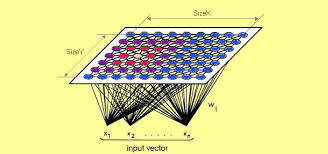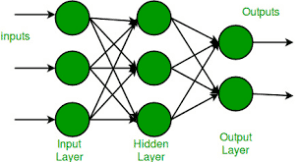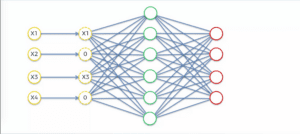A Brief History: Who Developed It?
The Self-Organising Map (SOM) was developed in the early 1980s by Teuvo Kohonen, a Finnish researcher and pioneer in neural networks. His goal was to create a tool for simplifying and visualising high-dimensional data into an interpretable format.
What Is a Self-Organising Map?
Think of SOM as a digital cartographer, creating a map of data points. It organises complex datasets into a two-dimensional grid, clustering similar information and maintaining the relationships among data points.

Why Is It Being Used?
SOMs are invaluable for simplifying and interpreting large datasets. They:
- Recognise Patterns: Identify and group related data points.
- Transform High-Dimensional Data: Convert complex datasets into visual, manageable maps.
- Preserve Structural Relationships: Maintain spatial relationships among data points.
Challenges Addressed:
- Simplifying the visualisation of high-dimensional datasets.
- Identifying patterns in unstructured data.
- Reducing dimensional complexity while maintaining interpretability.
How Is It Being Used?
The process of using SOMs involves three key steps:
- Initialisation: Nodes are distributed across the map.
- Training Phase: SOM iteratively adjusts by aligning its nodes to the input data.
- Output Representation: The map clusters similar data and visualises it effectively.
Example: SOMs help marketing teams segment customer data by behaviour, enabling precise targeting strategies.
Different Types of SOMs
SOMs come in two primary types:
- Batch SOM: Processes all data at once, resulting in faster training times.
- Online SOM: Incrementally learns from data, making it ideal for dynamic datasets.
Key Features of SOMs
The unique features of SOMs include:
- Topological Preservation: Retains spatial relationships among data points.
- Dimensionality Reduction: Projects high-dimensional data onto two-dimensional grids.
- Adaptability: Continuously improves accuracy with new input.
Popular Software and Tools for SOM Implementation
Several tools and libraries simplify SOM implementation:
- Python Libraries: MiniSom and TensorFlow are widely used for SOMs.
- MATLAB: Offers robust tools for creating and training SOMs.
- R Packages: Tools like
kohonensimplify SOM training and visualisation.
Applications of SOMs in Australian Governmental Agencies
SOMs are applied in various Australian industries to solve complex problems:
- Australian Bureau of Statistics:
- Application: Clusters demographic data for targeted policy-making.
- Geoscience Australia:
- Application: Identifies mineral-rich regions by analysing geospatial data.
- Transport for NSW:
- Application: Maps commuting patterns to optimise public transport routes.
Conclusion
The Self-Organising Map is a versatile and powerful tool for simplifying and visualising complex datasets. Its ability to preserve structural relationships and reduce dimensionality makes it indispensable in fields ranging from public policy to geoscience. With accessible tools like MiniSom, MATLAB, and R packages, SOMs continue to unlock valuable insights for data scientists and industry professionals alike.
How interested are you in uncovering even more about this topic? Our next article dives deeper into [insert next topic], unravelling insights you won’t want to miss. Stay curious and take the next step with us!








